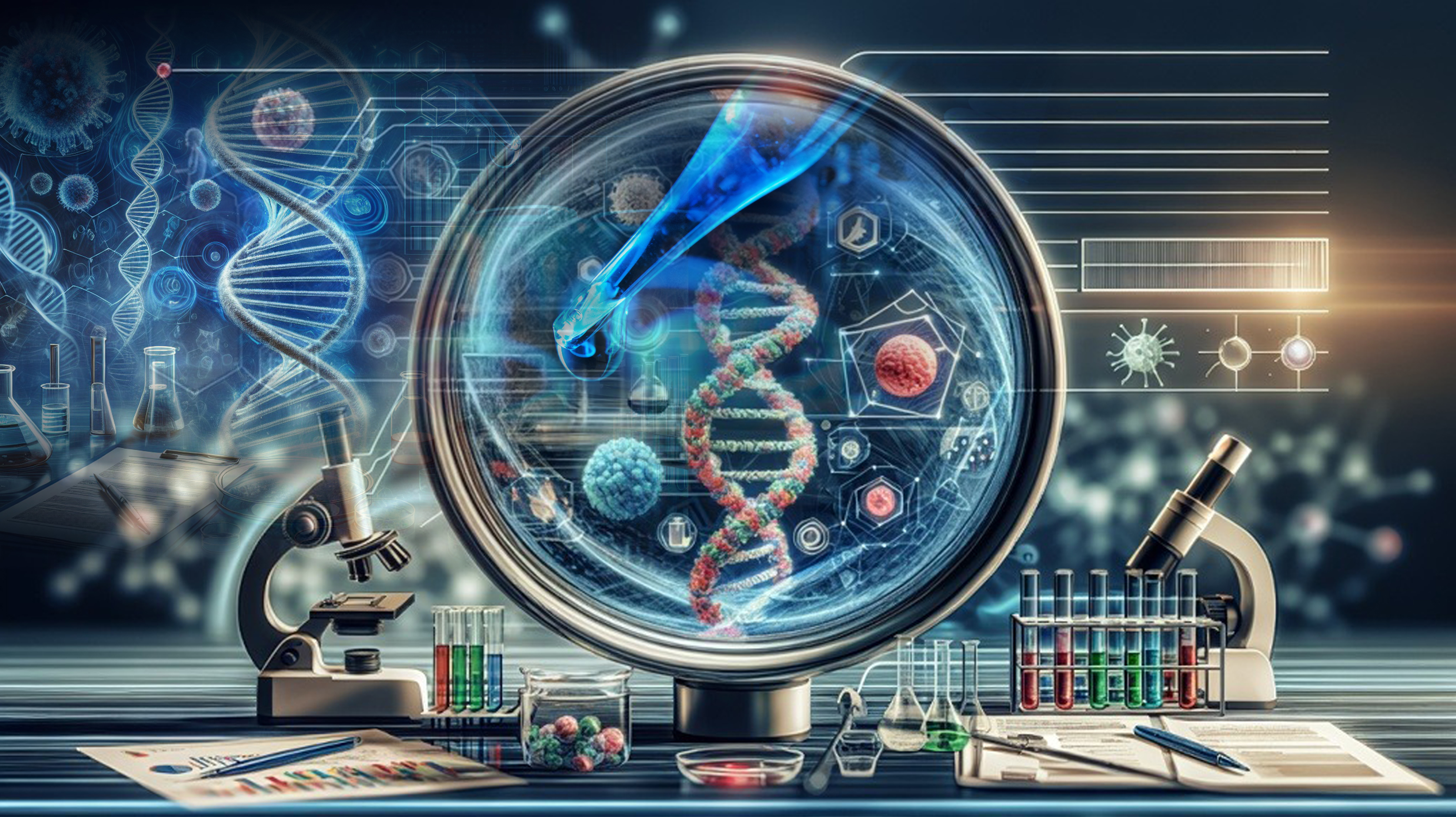Spinal cord injury (SCI) is characterised by damage to the spinal cord resulting in implications to normal sensory, motor, and autonomic functions. SCI adversely impact the individual’s physical, psychological, and social well-being, whereas the outcome depends heavily on the severity and the level of injury, with cervical level injuries being the most common type of SCI, typically resulting in quadriplegia, and thoracic level injures resulting in paraplegia. Currently, treatments for SCI are relatively limited. For instance, surgical intervention during the immediate and primary phase of injury is performed to limit the potential loss of neurological functions. A recent meta-analysis by Khan and Ahmed (2022) on 44 studies suggested that the combined use of tetrahedral framework nucleic acid (tFNA) with neural stem cells (NSCs) and Fortasyn® Connect (FC) supplementation were the 2 treatments generating the most significant improvements in functional recovery Both treatments also attenuated secondary injury processes as demonstrated through immunohistochemistry. The neuroregenerative and neuroprotective properties demonstrated by combined tFNA with NSCs and FC supplementation shed light on improvement of SCI. Nonetheless, further clinical data are required to confirm the long-term efficacies of these treatments.
Reference:
Khan et al. Cells. 2022;11(21). doi:10.3390/CELLS11213409





